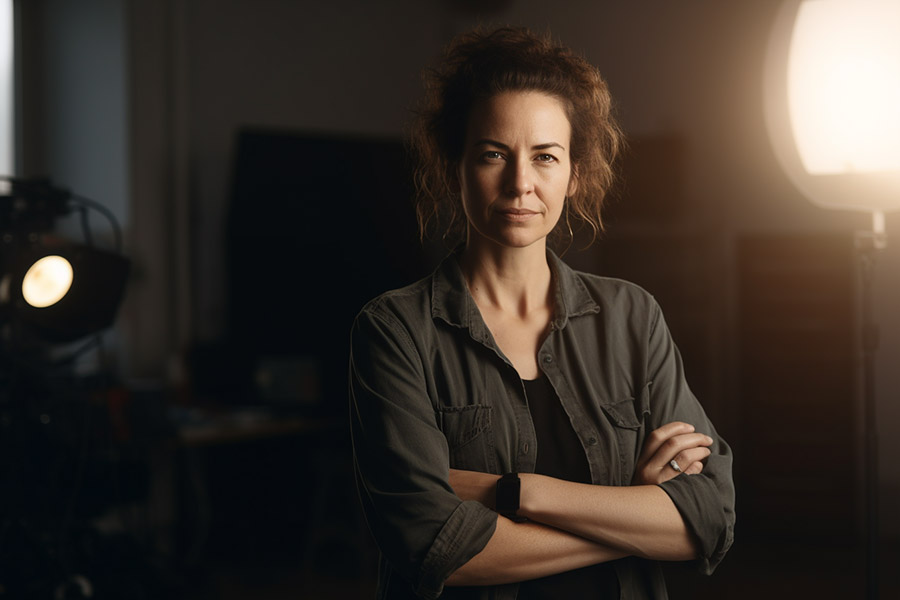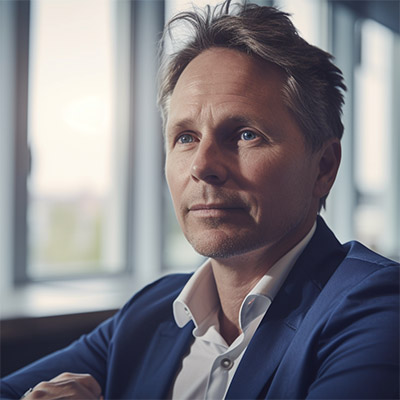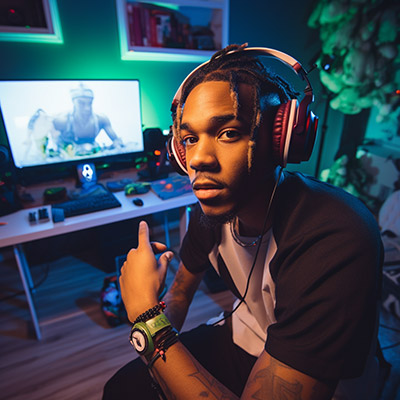
Creative Director
Will AI replace Creative Directors?
Creative Director's are found in a range of industries, from film to advertising, fashion to publishing, web design to gaming, and many more in-between.
As such it can be a little hazardous to opine on specifics regarding the responsibilities of Creative Directors, but in general terms a Creative Director is responsible for guiding and project-managing creative projects, overseeing other creatives, and liaising between the various stakeholders of a project, often including owners and executives.
Creative Directors are creative people, typically with effective business skills, and tend to have a broad range of experience and backgrounds. They understand people, and the public, well.
With AI rapidly encroaching on the jobs of people that creative director's directly oversee - graphic designers, photographers, artists, writers, animators and programmers, it's not hard to imagine that creative directors are themselves worrying about their positions.
The rise of AI
It's important to understand the advances AI has made very recently (time of writing - March 2023). The technology is rapidly infiltrating various creative fields - generating high quality art, photos that are indistinguishable from the real thing, composing convincing music, and generating some pretty convincing copy. (I promise this article is not written by AI).
This has led to concerns that the creative industries, once thought to be a stone fortress domain of the human mind, may soon succumb to automation.
It's all come about very quickly. It's all a bit scary.
As this article will argue however, the role of a Creative Director is generally safe from AI, and will in fact become more valuable, if not already. A creative director who can benefit from the latest AI tools to be more productive, and effective, is highly valuable.
Someone has to be in charge of creative
A huge part of the creative director's role is knowing what works, what looks incredible, and what will speak to its intended audience.
Whether it's an eye for design, photography, UI's or video, a finger on the pulse of the zeitgist, an innate feel for the best creativity, simply knowing what's cool, these are all uniquely human traits, and arguably super human. It's a relatively small minority of people who have these skills.
Layer on the need to communicate effectively with executives, who frankly we can expect not to lose their jobs, and who often have no creative skills at all, it's not hard to see how creative directors are going to remain essential to most businesses.
Agencies may see upheaval, due to increased competition and clients who think they bring things in-house, but the job itself will remain essential, even if it's about to change quite a lot.
Other distinctly human skills of Creative Directors
Creative directors excel at navigating the nuances of human emotion, and can instinctively tailor their approach to resonate with diverse audiences. This emotional intelligence, combined with strategic thinking and problem-solving capabilities, ensures creative directors remain indispensable, even as AI encroaches on their beat. AI lacks the ability to think laterally, connect seemingly unrelated dots, or instinctively grasp the subtleties of cultural context.
Creative directors are more than the sum of their creative ideas. They're also natural-born leaders, adept at rallying teams and fostering collaboration. This role may change, particularly if teams downsize or multi-skilling kicks off, but AI cannot inspire, motivate, or provide constructive feedback, to those left operating the machines.
AI can't manage the complex interpersonal relationships, expectations, and shifting priorities that creative directors navigate daily. The creative director's role extends beyond overseeing the creative process; they also serve as a crucial link between clients, internal teams, and external collaborators. The finesse required to manage these relationships, coupled with their ability to make informed decisions based on a multitude of factors, ensures that creative directors will remain indispensable.
The Tools of the Day
Someone still has to know how to use the 'tools of the day' to their fullest potential and oversee people using those tools. We are already seeing that with prompting. Knowing how to use prompting very well (an entirely new 'language of creativity' in its own right) has led to the new and in-demand role of Prompt Engineer. This entirely new job role is knowing how best to prompt ChatGPT (and similar large language models), or Midjourney, to generate high quality creative output.
In this context, knowing which are the best AI tools for a particular job, staying up on the latest developments in AI (itself a full time job) are arguably no different from having to navigate prior major technological advancements.
Creative Directors in the past have had to handle huge shifts in technology - from typesetting to desktop publishing, from analogue to digital, from magazines to social media. You can argue it's not much different with AI, even if it is seemingly happening a whole lot quicker.
Those changes in the past empowered creatives at the time to be more productive and create new things. It's really no different with AI.
The short version. It's generally a good idea to embrace new technologies that come along in an industry, or at the very least experiment with them, and/or stay up on the latest developments. In this last regard, AI Twitter is definitely your friend.
AI can genuinely empower Creative Directors to make new things, or do things they've always wanted to do. That idea you've always had, that project you've always dreamt of.
Conclusion
The job of Creative Director is going to be hugely affected by AI, but is not at risk from AI.
People that Creative Directors work with are going to go through a ton of things, or are already going through them. Creative Directors will need to use their very best people skills to navigate this huge upheaval.
It's better in most cases to embrace new technologies. You don't want to be left as the only Creative Director in the room, who's still using typeset.
Finally in the words of the great Picasso... "Everything you can imagine is real". So perhaps go ahead, and make your dreams a reality. I did it with this site, learning Midjourney and making every image myself. I couldn't have done that with traditional photography or stock photos. It would have cost me too much, and taken me too long.
Conclusion: Safe | Time Period: Foreseeable Future


